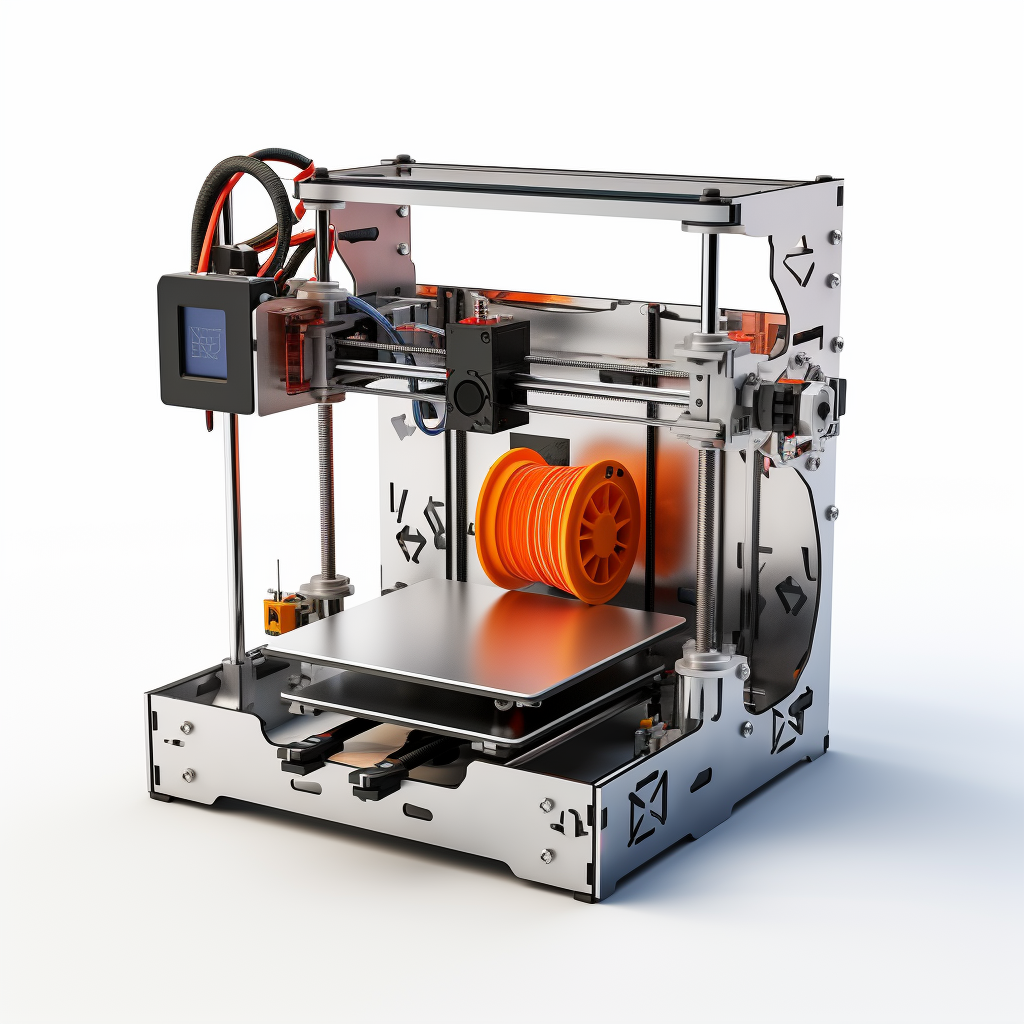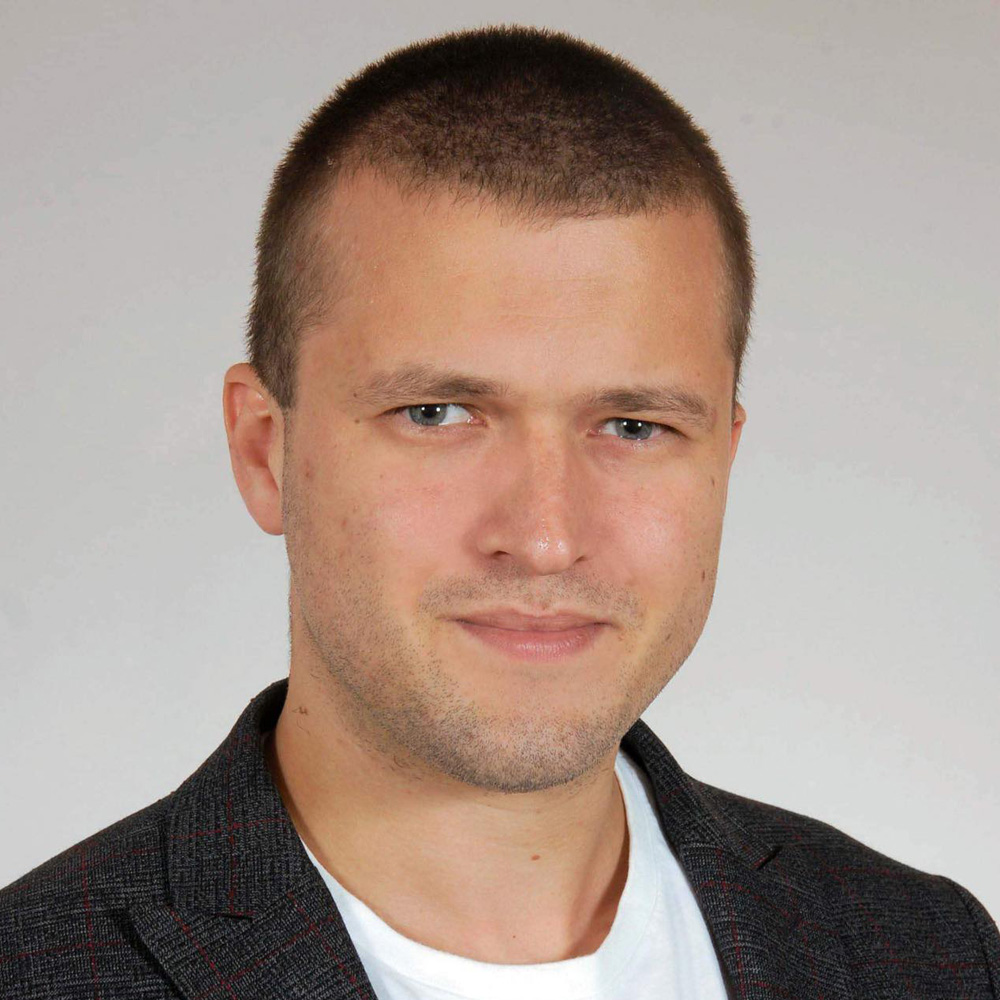Products
Customized 3D prints
Taking your projects to the next level, our 3D engineering design services offer a dynamic and immersive perspective. With our 3D modeling and rendering expertise, we transform your concepts into lifelike, interactive representations. These visualizations not only aid in design validation but also enhance your ability to communicate your ideas with stakeholders and clients.

Use cases

Solar Panels
We recently had the privilege of collaborating with one of our esteemed local clients on a project of paramount importance. Their request was straightforward yet critical: to ensure the absolute structural integrity and stability of a steel framework supporting their solar panel installation.
Our dedicated team swiftly set to work, conducting a meticulous evaluation of the structure in accordance with Eurocode standards. During this rigorous assessment, we identified certain components within the construction that were being pushed to their limits. Recognizing the significance of delivering a solution that surpasses expectations, we proposed a comprehensive redesign. The redesigned structure was meticulously crafted, assembled, and seamlessly integrated into the solar panel setup. This transformation not only restored stability but also enhanced the overall performance of the installation. It was a testament to our commitment to excellence and delivering results that endure.Leveling Beam
We were recently contacted by one of our valued clients who had been experiencing issues with a concrete leveling beam, which was showing signs of failure after just three months of use. Recognizing the importance of addressing this challenge promptly, Stacc Design initiated a comprehensive research effort to identify the underlying causes of this problem.
Our diligent investigation revealed a critical factor contributing to the beam's failure: resonance. It was determined that the failure occurred when the frequencies generated by the concrete vibrators coincided with the natural frequency of the construction itself. This phenomenon was particularly pronounced during repetitive cycling loading, exacerbating the structural strain. To further understand the dynamics of this issue, we conducted a detailed fatigue investigation. This investigation not only pinpointed the exact locations where cracks began to form but also shed light on the factors influencing their initiation.
Use cases
Solar Panels
We recently had the privilege of collaborating with one of our esteemed local clients on a project of paramount importance. Their request was straightforward yet critical: to ensure the absolute structural integrity and stability of a steel framework supporting their solar panel installation.
Our dedicated team swiftly set to work, conducting a meticulous evaluation of the structure in accordance with Eurocode standards. During this rigorous assessment, we identified certain components within the construction that were being pushed to their limits. Recognizing the significance of delivering a solution that surpasses expectations, we proposed a comprehensive redesign. The redesigned structure was meticulously crafted, assembled, and seamlessly integrated into the solar panel setup. This transformation not only restored stability but also enhanced the overall performance of the installation. It was a testament to our commitment to excellence and delivering results that endure.
Leveling Beam
We were recently contacted by one of our valued clients who had been experiencing issues with a concrete leveling beam, which was showing signs of failure after just three months of use. Recognizing the importance of addressing this challenge promptly, Stacc Design initiated a comprehensive research effort to identify the underlying causes of this problem.
Our diligent investigation revealed a critical factor contributing to the beam's failure: resonance. It was determined that the failure occurred when the frequencies generated by the concrete vibrators coincided with the natural frequency of the construction itself. This phenomenon was particularly pronounced during repetitive cycling loading, exacerbating the structural strain. To further understand the dynamics of this issue, we conducted a detailed fatigue investigation. This investigation not only pinpointed the exact locations where cracks began to form but also shed light on the factors influencing their initiation.
Industries
Academics
Renewable Energy
AeroSpace & Defence
Construction
Oil & Gas
Automotive
Manufacturing
Choose Us
By choosing us, you choose a highly experienced and innovative team specializing in solving the toughest problems and challenges in the Engineering industry. With over five years of expertise, we have established ourselves as a reliable partner for clients seeking tailored solutions in the broad engineering field.

About Stracc Design
Welcome to Stracc Design, where innovation meets expertise in solving complex challenges across the engineering landscape.
Our unparalleled offering includes a wide spectrum of services: 2D and 3D design expertise, precise FEA/CFD analysis, meticulous technical documentation, and innovative engineering services that transcend various industries.
Partner with Stracc Design
We are certain that our deep expertise and unwavering commitment to excellence position us as the ideal partner for your engineering needs.
Svetoslav Dimitrov, Co-founder & Technical Lead Engineer

If you're in search of innovative solutions in Finite Element Analysis (FEA), Computational Fluid Dynamics (CFD), Electromagnetics, Electronics, Electromechanical, Thermal analysis, Explicit Dynamics, Failure and Fatigue Analysis, Multidisciplinary Optimization, Customization, and Engineering Design, including 2D and 3D Design, we're excited to explore how we can collaborate to make a positive impact. Our expertise goes beyond technical jargon; we specialize in Simulating, Verifying, and Optimizing various aspects of projects, ensuring robust and efficient solutions. Whether it's crafting compelling technical content, guiding project development, or managing the entire process, we offer comprehensive services tailored to meet your unique needs.
Reach out to us today, and let's begin an exciting journey of transformation together.